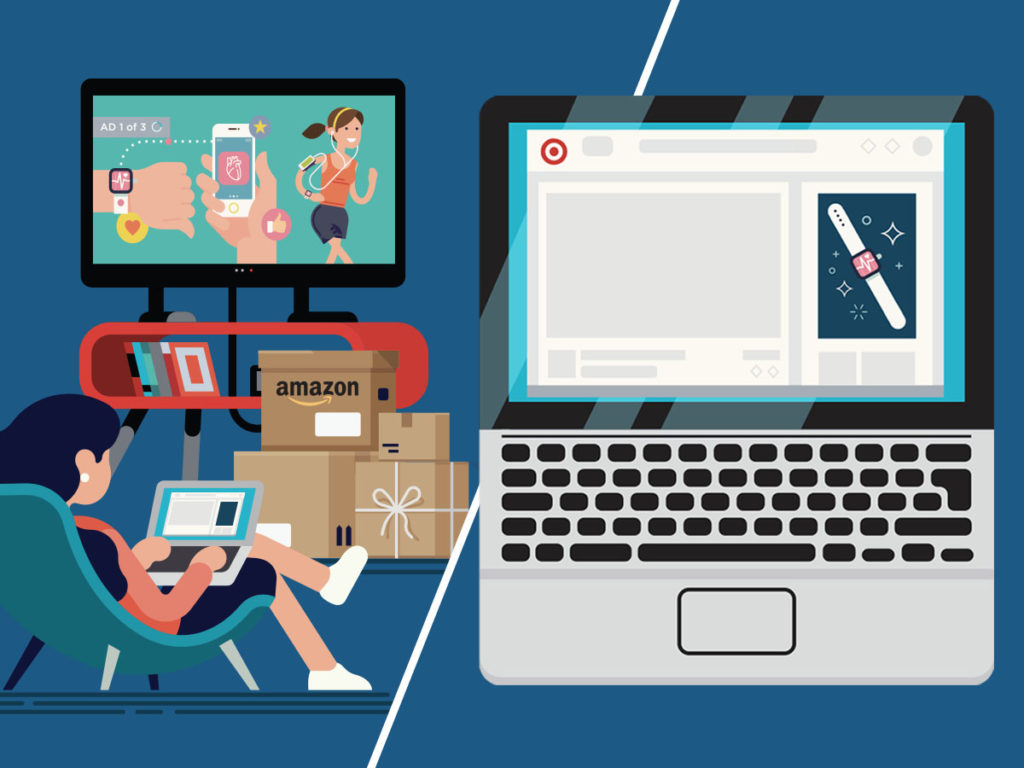From the MNTN Slack: What Netflix’s Q1 Report Signals About the Future of Streaming
by Cat Hausler
8 Min Read
CES 2024: Stagwell (STGW) and MNTN Announce Partnership in Unified Performance SolutionsLearn More
It’s not only the consumers stocking up - here’s how retail’s biggest player is setting trends for other brands.

3 Min Read
If you’ve spent the start of this week scrolling through Amazon Prime deals, you’re not alone. Last year, Prime Day sales reached over $10 Billion in sales worldwide (45% increase from the year prior), marked as the most successful shopping event in company history. Now that this year’s shopping event has shifted back from its Black Friday/Cyber Monday time slot last year, it’s not only customers who are taking notice, but retail advertisers at large. David Dweck, VP of Paid Media at marketing agency Wpromote explained that “the data we’re seeing in search and on Facebook validates that consumers are far more likely to purchase on those days and kind of get FOMO…[brands] are leveraging paid search because they know that there’s more research going on, on days like this.”
Did you know 61% of consumers planned to shop on Amazon on Prime Day? They also preferred Prime Day to be held earlier, just in time for Back to School shopping. Retail brands in turn, have attempted to ride the coattails of higher search volume and higher engagement during this time. “Prime Day offers great visibility [and we] invest heavily in the advertising opportunities because Amazon is getting tons of traffic…we make sure that we marry up the campaigns that we’re running on other channels to whatever it is that we’re promoting on Prime Day,” said Maria Lytle, Vice President of ecommerce and consumer engagement at Demdaco (and an Amazon merchant).
But what if you’re a brand not selling on Amazon? Competitors including Target, Walmart, Best Buy and Kohls have offered their own promotions this week, leaning on their own in-house advertising operations, in the form of retail media networks. This leverages their own first-party data to reach users and mitigates the third-party cookie dilemma that’s crippled many other digital advertising practices. However, is this good enough? Shopify President Harley Finkelstein summed it up nicely, “shoppers are not looking for the best deal as the primary objective. They’re looking to connect with brands whose values they align with. The future of retail is not about discounting, it’s about connection and authenticity.”
Amazon usually releases the dates of their annual Prime Day event only a few weeks beforehand, which doesn’t give competitors much time to get their ducks in order – a smart move from the retailer to maintain their monopoly. Additionally, these retail media networks aren’t nearly as sophisticated as Amazon’s headline ads. Nich Weinheimer, general manager of commerce and retail media of a marketing platform explained to Adweek that “these programs inside Walmart, Target, etc., [which include] sponsored display, sponsored brands [and] a lot of the mid-funnel tactics, will continue to evolve…but they’re still relatively nascent.”
Connected TV advertising is one way that such brands can go-to-market quickly, repurposing assets at their exposure, while also being a full-funnel strategy that reaches audiences across multiple touchpoints. And, to Finklestein’s point, it’s no doubt the ideal method to connect with potential shoppers in a genuine and impactful way that will help brands to break through the clutter – whether that be during Prime Day or any other major shopping event.